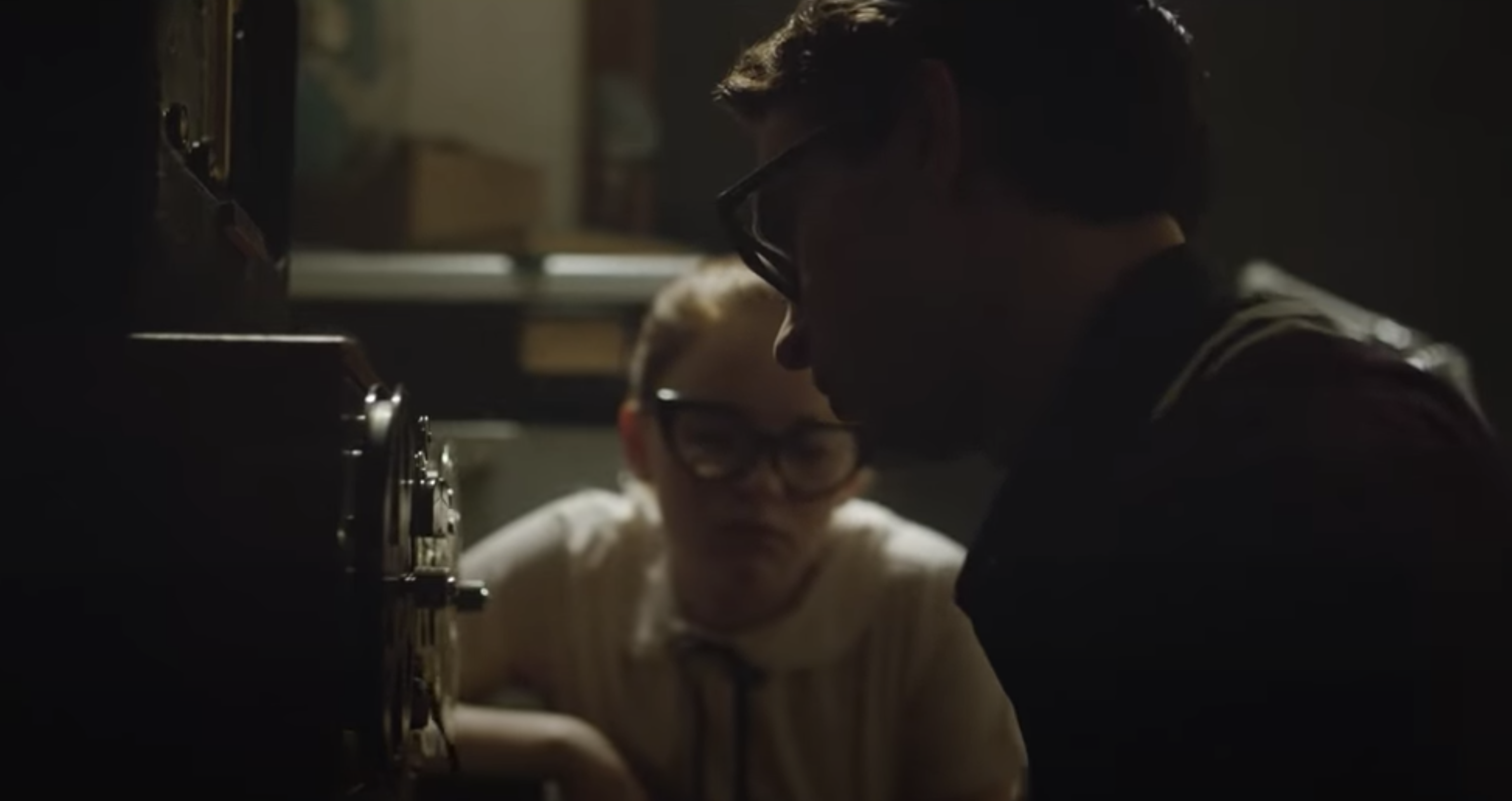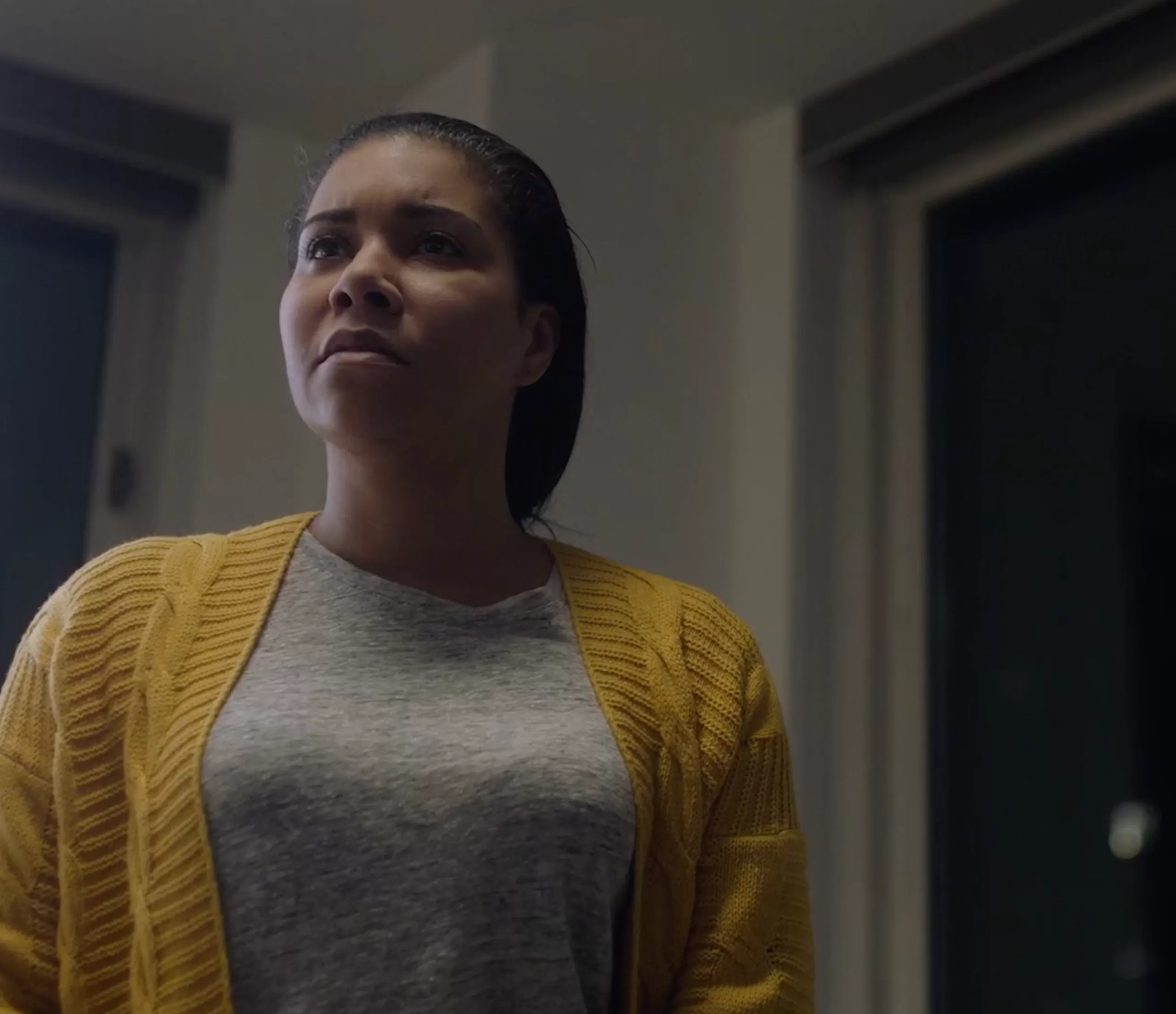Nearly thirty years later he’s back: “CANDYMAN” | MOVIE REVIEW
Directed by Nia DaCosta
Stars Yahya Abdul-Mateen II, Teyonah Parris and Nathan Stewart-Jarrett
Co-written by Jordan Peele, Win Rosenfeld and Nia DaCosta
“Candyman” is now out in theaters
Earlier this week I re-watched the original “Candyman” from 1992 in which a pair of enterprising though credulous graduate students (Virginia Madsen and Kasi Lemmons) seek to catalog and/or debunk Chicago urban legends. One legend in particular drew them in: the story of a late-nineteenth-century black portraitist whose affair with a wealthy white patron’s daughter resulted not only in her pregnancy but in her father’s hiring a mob to gruesomely murder the portraitist. It was said that the slaughtered artist would return to wreak mayhem if you spoke the word “candyman” in the mirror five times.
Murder and mayhem ensued in that earlier film, assuredly, but the slaughter trope was elevated above cliche on the strength of the film’s commentary on race relations in supposedly more enlightened times and on the value, positive or negative, of collective fantasy.
Twenty-nine years later, Jordan Peele and crew are dipping back into that well with a new “Candyman” that is, if not a direct sequel to its predecessor, then certainly playing in the same sandbox. A second look at the 1992 film is a recommend, as several characters and plot threads from the earlier movie will play out here, though in ways largely unexpected.
“CANDYMAN: ANOTHER POINT OF VIEW” (Anthony Francis’s thoughts on the “Candyman” remake)
As the new “Candyman,” directed by newcomer Nia DaCosta, begins, the artist Anthony (Yahya Abdul-Mateen II) is hoping to have his works in a show being curated by his girlfriend, Brianna (Teyonah Parris). They and their friends have certainly heard the legend of the Candyman, which now entails additional elements that transpired in the earlier film. They chalk it up as so much nonsense—at their peril, of course.
That Candyman, or, possibly, Candymen plural, will show up, is assured and the extensive bloodletting will please fans of the horror genre. However, the new film has more up its sleeve than butchery: Peele, who made such a splash with “Get Out,” and his co-writers want us not just to behold on-screen mayhem but to think about issues of entrenched racism and historical oppression, too. For one, the black heroes live in a rapidly gentrifying neighborhood, the kind that encourages white kids from the suburbs to move downtown to live cheaply and push out poorer black residents.
Also, “Candyman” has more than a bit to say about race memory, and how beings like the Candyman serve in this fictional universe perhaps as a way to even up the score when it comes to squaring with centuries of unfairness that began with slavery.
The gore is plentiful, particularly in the later sections of the film, and at least one or two surprise guests are in store, including Anthony’s mother.
Strictly speaking, this is not a remake or a sequel. Yet it’s both and it expands on ideas from the 1992 film. There’s much here to recommend “Candyman,” even if it doesn’t have as much mystery or tension as its predecessor. But once the killer’s hook comes out, you probably won’t care.
news via inbox
Nulla turp dis cursus. Integer liberos euismod pretium faucibua



